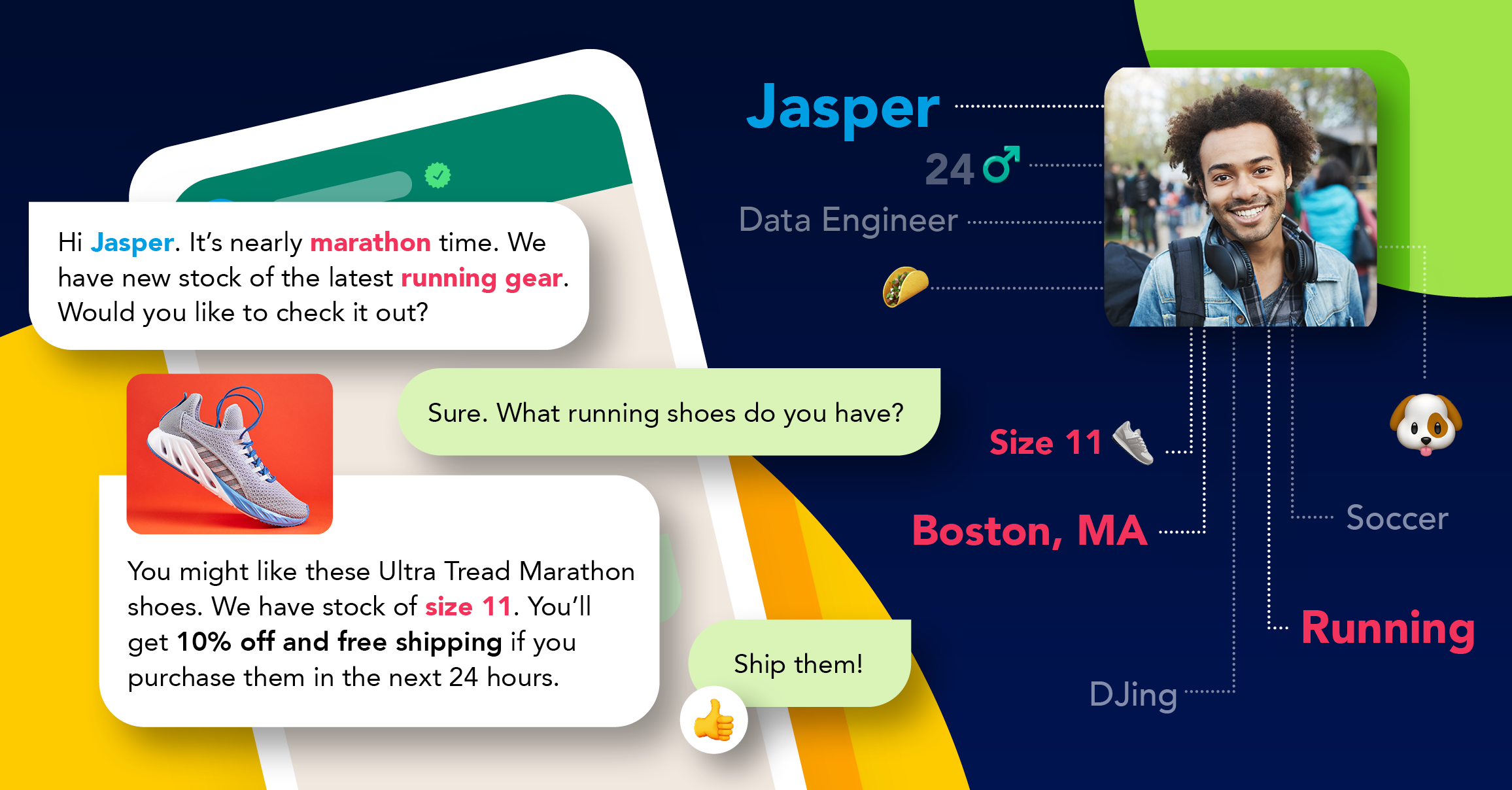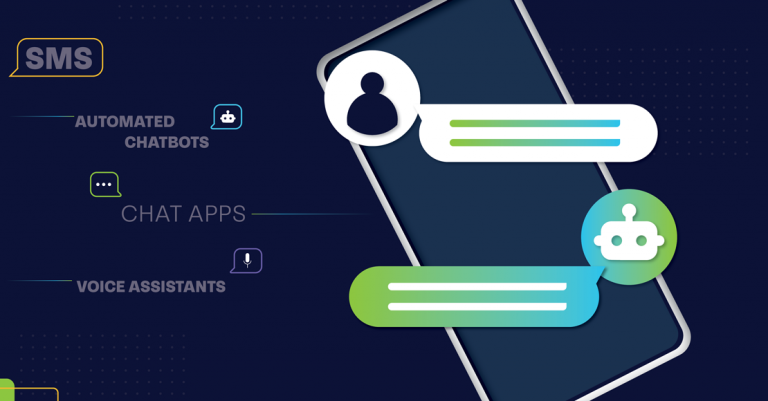Do's and don'ts of Personalized marketing
One of the most important aspects of personalized marketing is the “personalized” bit. It’s not acceptable to blanket message all of your customers – that’s a pretty good way to frustrate them. While you may think that everyone is interested in your product or service, the reality is that they aren’t. Or at least they may not be ready for it right now.
To get the best out of your marketing campaign, you’ll need correct and accurate information. Mine all the data you’ve collected about your customers thus far and separate them into lists. For example, if you run a butchery, look at which customers prefer beef, chicken, or pork products. Then tag these accordingly. Every time you send out a message about chicken products, your beef clients won’t receive a needless email from you.
You’ll need to keep these lists up to date as customer preferences are always changing. What they want to buy today, could become what they can no longer stand tomorrow. There are a few more ways to further personalize your marketing. But, be aware, you should not stalk customers or overload them with advertising material.
Location tracking for personalized marketing
This has existed for a few years, but it is still an interesting way of using personalized marketing data for your customers. If you have a location-based business – for example a grocery store with several locations, you can run regional sales. By understanding where a customer is based, or using the built-in GPS on their mobile device, you’re able to push adverts from their local store. This ensures that they receive accurate advertising wherever they are located.
This can be taken a step further by implementing the feature into SMS messaging solutions. If a customer signs up at a store in location A, there is a chance they are nowhere near location B. You’ll be able to guess the frequency of how often they visit a store – thanks to analytics – and send them relevant information. Grocery store Spar implements this tactic in South Africa. It uses a customer profile and a unique Spar loyalty card to track purchases, frequency of visit, and the amount a consumer spends. They are then able to SMS weekly deals about the store closest to the customer and expand their marketing messages.
Confidential information
An excellent way to grab a customer’s attention with personalized marketing is to use their name. This shows that you’ve taken the time to make sure they are addressed and you’re not using a blanket email or SMS system. By adding tailored marketing to this, it’ll further increase brand awareness.
But apart from the name, you shouldn’t use any other personal information. For example, stating a customer’s age, gender, race, or address in a marketing email or SMS will lead to a lot of problems. Not only is it unprofessional, but it will lead to the customer losing trust in your brand.
Don’t constantly remarket
The prospect of chasing down a potential customer and using remarketing to hound them into purchasing a product may be tempting. After all, Google AdWords makes this easy, but is it really the right move? If a customer looks at a product on your website, it’s okay to show it to them a few more times, but not on every single web page they visit. This move reeks of desperation and one that may lead to a customer distrusting your brand or installing an adblocker to block all marketing messages.
When it comes to attracting customers, it’s not just about personalizing marketing towards them. In a recent article, we wrote about personalizing in-store shopping with mobile marketing, which delves into experience and perspective.
Explore other articles
Step into the future of business messaging.
SMS and two-way channels, automation, call center integration, payments - do it all with Clickatell's Chat Commerce platform.







